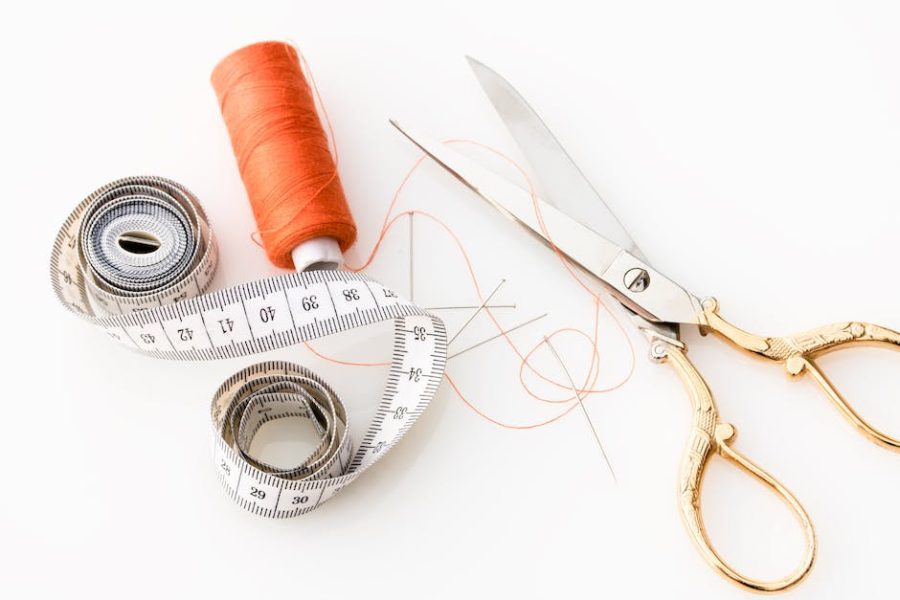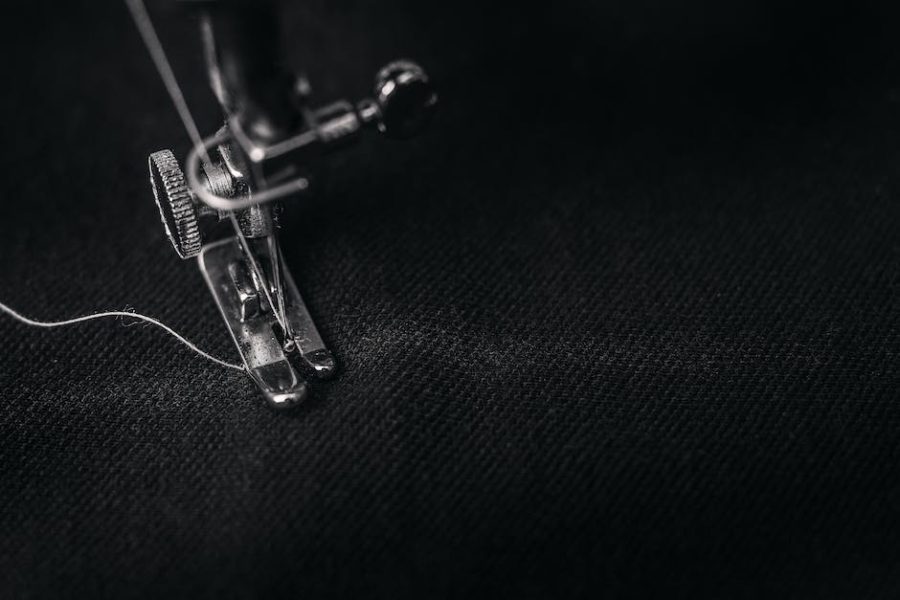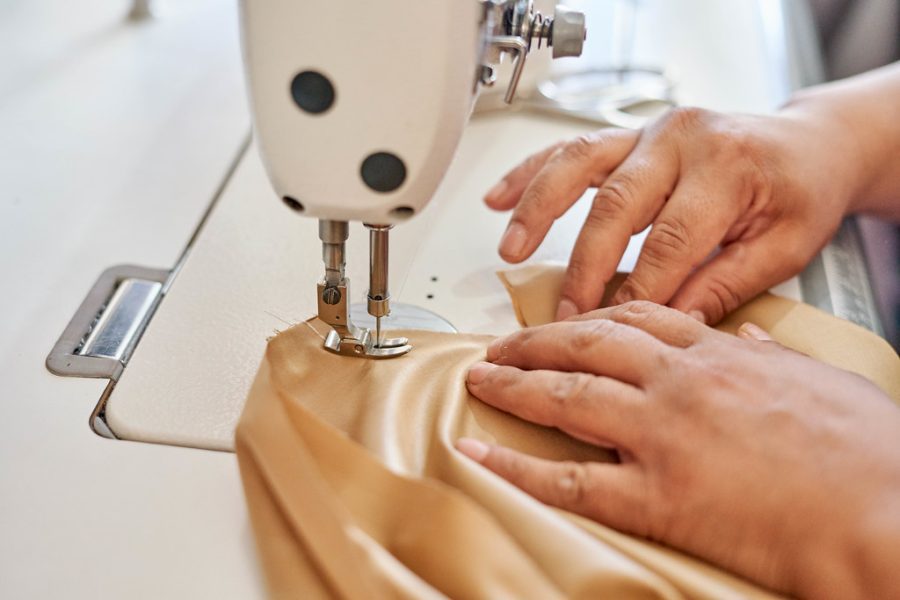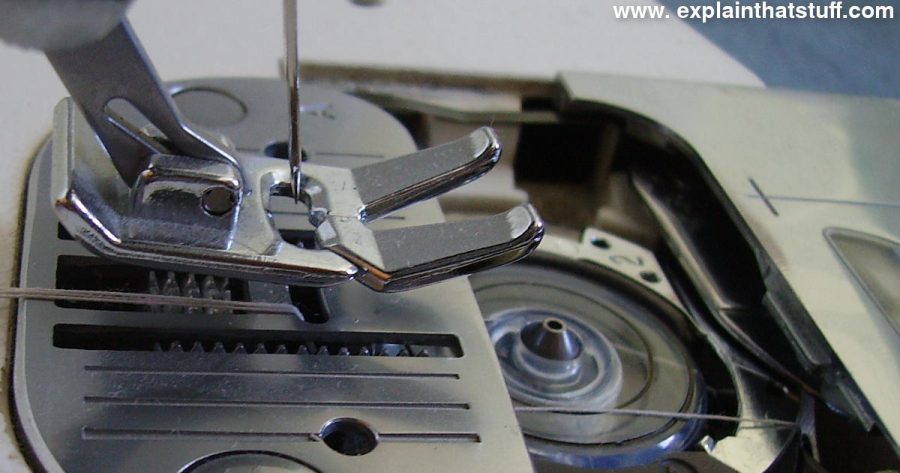Whether you are an experienced sewer or just starting out, encountering issues with the bottom thread can be frustrating and disrupt the overall quality of your stitching. A loose bottom thread can result in messy and unreliable stitches, but fear not! Let’s explore the possible causes and solutions to this common sewing problem.
Possible Causes of Loose Bottom Thread
Before diving into the solutions, it’s essential to understand the potential causes of loose bottom thread:
- Incorrect tension settings: Improper tension on your sewing machine can lead to loose bottom threads. Check if the bobbin tension is too loose and adjust it accordingly.
- Bobbin-related issues: Ensure the bobbin is correctly inserted and tightly wound. A poorly wound bobbin or improper placement can cause uneven thread distribution.
- Needle problems: A damaged or bent needle can disrupt the thread’s flow, resulting in loose stitches. Make sure to use the correct needle type and replace it regularly.
- Thread-related factors: Incorrect thread type or low-quality thread can contribute to lower stitch quality. Always use high-quality thread suitable for your fabric.
- Machine maintenance: Lack of proper maintenance can affect the overall performance of your machine. Regular cleaning and oiling can prevent issues such as skipped stitches or loose thread tensions.
Solutions to Fix the Problem
Now that you are aware of the possible causes, let’s explore some effective solutions to fix loose bottom thread:
- Check and adjust tension: Locate the tension adjustment dial on your sewing machine and experiment with different settings. Gradually tighten or loosen the tension until the stitches appear balanced.
- Inspect and rethread the bobbin: Remove the bobbin and check if the thread is correctly inserted. If it is not wound properly, unwind it and start again. Additionally, ensure the bobbin case is free of any lint or debris.
- Examine and change the needle: Inspect the needle for any visible damage or bending. If necessary, replace it with a new needle that suits your fabric and sewing project.
- Switch to high-quality thread: Invest in good-quality thread suitable for your sewing projects. Cheaper threads are more prone to breakage and can result in loose stitches.
- Maintain your machine: Regular maintenance is crucial for the smooth operation of your sewing machine. Consult the user manual for proper cleaning and oiling techniques.

Properly maintaining your sewing machine is essential
Conclusion
Dealing with a loose bottom thread during sewing can be frustrating, but it is a solvable problem. By understanding the causes and implementing the appropriate solutions, you can achieve consistent and high-quality stitches. Remember to stay patient, take your time, and practice troubleshooting techniques to improve your sewing skills.





Thank you for the instructions. This is a great tutorial! I haven’t done any sewing in a while so I’m very glad to have these instructions to refer back to.
Simple and clear instructions, just what I needed! Thanks!
Great tutorial! Such clear instructions make the process of sewing much easier, especially when you’re new to it.